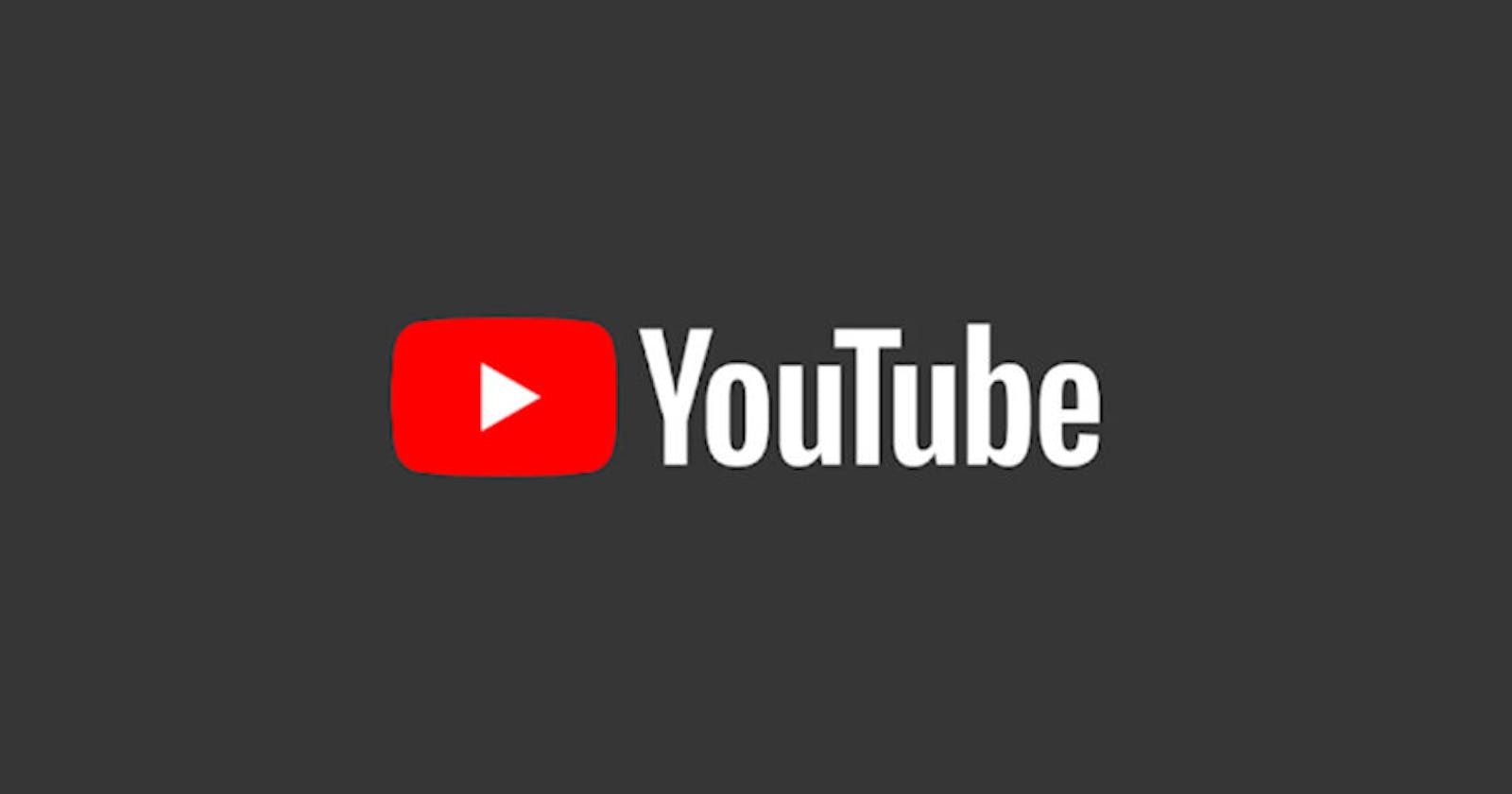A new study reveals that many YouTube videos on the platform still contain misinformation about the Coronavirus pandemic. So much has happened since the breakout- the closing down of many outfits and institutions; news and media houses redirecting their coverage and the dramatic change in the content we see online with 70% of said content being about the pandemic in terms of statistics, transmission, potential treatments and a lot more.
YouTube’s content has also changed significantly, having a large number of videos on the COVID-19 pandemic. YouTube is an open online video-sharing platform, meaning that it is open-source, videos are uploaded and people can or may be referred to them. Yes, it is a marvel of technology, but the focus here is the validity of the information passed in those contents. How much of those videos especially those on pandemic actually carry correct information?
Recently, a study on the accuracy of YouTube videos was conducted, a total of 69 videos were analysed. It was discovered about (27.5%) of those videos contained misleading info about the pandemic. To put it in context, one in four of those videos were non-factual. What is more shocking is that the non-factual videos already had 62 million views; sixty-two million people across the countries of the world had watched these videos at different points in time.
The number of videos examined might seem small. But what if the sample size was extended, I’m pretty sure more “non-factual videos” would be found. Here is another issue: YouTube is not willing to take the evidence of this research/ study. The platform’s spoke person explained that the study draws broad conclusions being that it uses “very small sample sizes”. As much as this itself is evident in the number of videos examined.
But I don’t believe anyone needs to come across fictious or non-factual content especially during a global health crisis, the implications could be far reaching. One of such videos titled “Plandemic” painted the pandemic as a conspiracy theory propounded by billionaires to enforce worldwide vaccination programmes, a completely misleading point of view.
With the negative backlash the video received it was removed. Also, YouTube reluctantly admitted to the false nature of some videos and gave a blanket statement of “expanding its fact-checking efforts”. Summarily, this is appalling to say the least.
This is not the first time we are recording this sort of news about YouTube. Some time in 2019, the online media platform was accused of spreading fake news. Allegedly, YouTube as at then was reluctant to act on these accusations because “fake news” does not violate community guidelines, but it is still misleading
Unfortunately, this problem spreads beyond YouTube. Google also serves as a platform for a lot of false content, making “ugly lies look like truths”. The tech giant still gives fake news websites and outlets advertising opportunities. Invariably, large amounts of false content are still allowed to come our way
What can be Done?
YouTube and Google need filters and not just the reluctant proclamations of emphasizing originality and facts, but mechanisms and procedures that block out “fake news” as Trump will call it, and gives room for the popularization of factual content. This does not mean that content creators don’t have the responsibility of conducting thorough research before making videos, etc, but a large bulk of the filtering and cleansing rely on the platforms.
This can be done in multiple ways:
- Subjecting contents to reviews and examinations before they are published: When contents are uploaded, YouTube and Google must subject them to reviews to validate their factual or non-factual nature. It is only then that these contents can be published or expunged.
- Sources of non-factual information should be blocked from platforms: Misleading and/ or false contents have sources. These sources are easily identifiable as they consistently publish “lies”. Therefore, they must be blocked or expelled from the platforms as all they do is misleading their audience.
- Pay more attention to reports of false contents: YouTube and Google need to pay more attention to reports of misleading content. In most cases, reports on these contents take a while before they are acted upon. Such, won’t help the situation.

